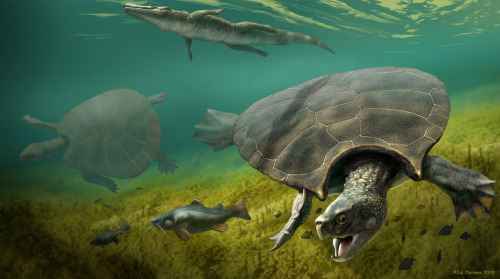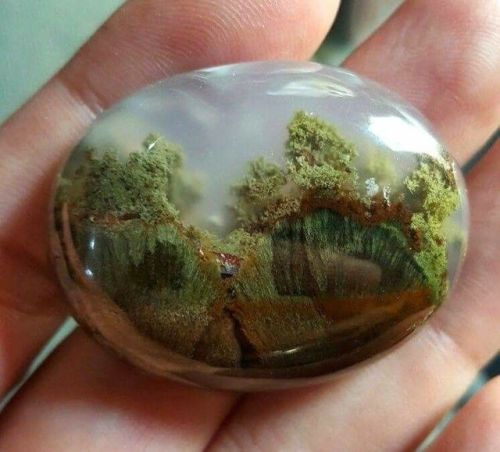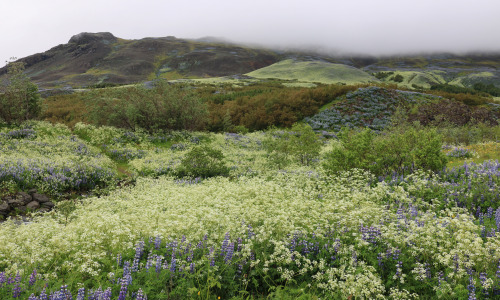Rocks-everywhere - Science, Plants, Cats, Music, And More
More Posts from Rocks-everywhere and Others
Scientists at the University of Minnesota put 3D glasses on cuttlefish, who then used stereo data to place themselves at a consistent distance from the illusionary expected 3D location of the prey.


Paleontologists Find New Fossils of Gigantic Freshwater Turtle
http://www.sci-news.com/paleontology/stupendemys-geographicus-shells-08131.html

Glendonite star fossil
This fossil is not of an animal, but a mineral. When sea water temperature at the seafloor drops below ~4°C/39°F a carbonate mineral called ikaite will start to precipitate and grow forming bizarre shapes. Even though the original mineral will dissolve once it is buried, other diagenetic minerals will replace its form, making a glendonite.
Gledonite/Ikaite and its specific forming conditions allow geologist to approximate climatic conditions for the time period captured by the rocks in which this mineral is found.
Thanks to the flat exposure on the rock platform, we can appreciate this nature’s creativity.
Example from the south coast NSW, Australia.
shanemichaelblack
Stormy skies at Maroon Bells a couple years ago.

Rime-rimmed rocks
Looking a bit like white moss, these cairn stones on Mountbenger Law in Scotland (at an elevation of 543 m) are covered in a special type of ice known as rime.
Keep reading









Moss Agate looks like it has a forest inside. (Source)



An arch in tilted columnar basalt
-
 tantalumcobalt liked this · 1 week ago
tantalumcobalt liked this · 1 week ago -
 murphy-says liked this · 1 week ago
murphy-says liked this · 1 week ago -
 awesomemodifier liked this · 1 week ago
awesomemodifier liked this · 1 week ago -
 certified-sleepy-bitch-disease reblogged this · 1 week ago
certified-sleepy-bitch-disease reblogged this · 1 week ago -
 gloriousskivvies liked this · 1 week ago
gloriousskivvies liked this · 1 week ago -
 eris21 liked this · 1 week ago
eris21 liked this · 1 week ago -
 blue-mood-blue reblogged this · 1 week ago
blue-mood-blue reblogged this · 1 week ago -
 evil18741 liked this · 3 weeks ago
evil18741 liked this · 3 weeks ago -
 princess45sworld liked this · 3 weeks ago
princess45sworld liked this · 3 weeks ago -
 stuzzi liked this · 1 month ago
stuzzi liked this · 1 month ago -
 deepartisandreamshoe liked this · 2 months ago
deepartisandreamshoe liked this · 2 months ago -
 tadeuszip reblogged this · 3 months ago
tadeuszip reblogged this · 3 months ago -
 spiderbass reblogged this · 1 year ago
spiderbass reblogged this · 1 year ago -
 davidwowie liked this · 1 year ago
davidwowie liked this · 1 year ago -
 diocekerdilu liked this · 1 year ago
diocekerdilu liked this · 1 year ago -
 clairestrogen liked this · 1 year ago
clairestrogen liked this · 1 year ago -
 pansexualcake9 reblogged this · 1 year ago
pansexualcake9 reblogged this · 1 year ago -
 pansexualcake9 liked this · 1 year ago
pansexualcake9 liked this · 1 year ago -
 saujuvite liked this · 1 year ago
saujuvite liked this · 1 year ago -
 lovelikewildness liked this · 1 year ago
lovelikewildness liked this · 1 year ago -
 thank-god-and-you reblogged this · 1 year ago
thank-god-and-you reblogged this · 1 year ago -
 mina-the-knight reblogged this · 1 year ago
mina-the-knight reblogged this · 1 year ago -
 mina-the-knight liked this · 1 year ago
mina-the-knight liked this · 1 year ago -
 ilovetheworldpeace-blog liked this · 1 year ago
ilovetheworldpeace-blog liked this · 1 year ago -
 flomaxxx liked this · 1 year ago
flomaxxx liked this · 1 year ago -
 ikamoko liked this · 1 year ago
ikamoko liked this · 1 year ago -
 nightwhite13 reblogged this · 1 year ago
nightwhite13 reblogged this · 1 year ago -
 abcdepiklmno liked this · 1 year ago
abcdepiklmno liked this · 1 year ago -
 gofortheroad liked this · 2 years ago
gofortheroad liked this · 2 years ago
225 posts
